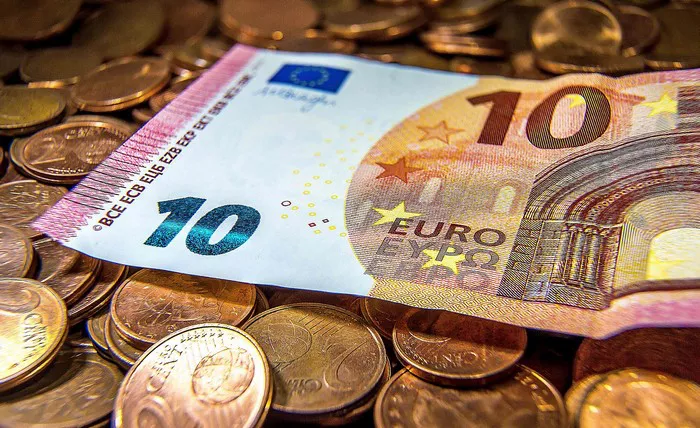In the global economy, currency strength is a vital indicator of a country’s economic stability and influence. Strong currencies often reflect strong economies, robust infrastructure, and prudent fiscal policies. As we delve into 2024, let’s explore the current top 10 strongest currencies and understand the factors contributing to their resilience and prominence.
1. Kuwaiti Dinar (KWD)
The Kuwaiti Dinar maintains its position as one of the strongest currencies in the world, with an exchange rate of 3.26 USD. Kuwait’s vast oil reserves and prudent financial management contribute to the Dinar’s stability and purchasing power on the international stage.
2. Bahraini Dinar (BHD)
With an exchange rate of 2.65 USD, the Bahraini Dinar secures its place among the top currencies. Bahrain’s diversified economy, strategic location, and robust financial sector bolster the value of its currency.
3. Omani Rial (OMR)
The Omani Rial stands strong at 2.60 USD, reflecting Oman’s economic diversification efforts beyond oil. Sound monetary policies and strategic investments contribute to the Rial’s resilience in global markets.
4. Jordanian Dinar (JOD)
At 1.41 USD, the Jordanian Dinar maintains its strength due to Jordan’s stable economic growth, prudent fiscal policies, and strategic partnerships. Despite regional challenges, Jordan’s currency remains resilient.
5. British Pound Sterling (GBP)
The British Pound Sterling, valued at 1.27 USD, retains its status as one of the strongest currencies globally. The UK’s stable economy, strong financial services sector, and historical significance contribute to the Pound’s strength.
6. Gibraltar Pound (GIP)
The Gibraltar Pound shares the exchange rate of 1.27 USD with the British Pound Sterling. Gibraltar’s robust financial services sector and economic stability underpin the strength of its currency.
7. Cayman Islands Dollar (KYD)
At 1.20 USD, the Cayman Islands Dollar reflects the jurisdiction’s status as a leading international financial center. Sound economic policies and a thriving financial services industry bolster the value of the KYD.
8. Swiss Franc (CHF)
The Swiss Franc remains formidable at 1.13 USD, reflecting Switzerland’s reputation for financial stability, innovation, and neutrality. Investors value the Swiss Franc as a safe-haven asset during times of economic uncertainty.
9. Euro (EUR)
With an exchange rate of 1.08 USD, the Euro continues to be a strong currency, representing the economic powerhouse of the European Union. The Eurozone’s large market size, strong institutions, and trade integration contribute to the Euro’s resilience.
10. United States Dollar (USD)
While the USD is often the benchmark currency, its position at 1.00 USD signifies its strength in global transactions. The United States’ large and diverse economy, coupled with the USD’s status as the world’s primary reserve currency, underpin its value.
Factors Influencing Currency Strength
Several factors contribute to the strength of a currency:
1. Economic Stability: Countries with stable and growing economies tend to have stronger currencies as investors seek opportunities for growth and stability.
2. Fiscal and Monetary Policies: Sound fiscal management and responsible monetary policies play a crucial role in maintaining currency stability and investor confidence.
3. Natural Resources: Nations with abundant natural resources, particularly those in high demand like oil, often have strong currencies due to export revenues and economic diversification efforts.
4. Political Stability: Political stability fosters investor confidence and encourages foreign investment, which can strengthen a country’s currency.
5. Global Demand: Currencies of countries with strong international trade relationships and high demand for exports often exhibit strength due to increased demand for their currency.
Conclusion
The strength of a currency reflects not only the economic fundamentals of a country but also its geopolitical standing and policy decisions. In 2024, the top 10 strongest currencies showcase a blend of economic resilience, prudent governance, and strategic positioning in global markets. Understanding the factors driving currency strength is crucial for investors, policymakers, and businesses navigating the complexities of the international financial landscape.
FAQs
Q1. Why are oil-rich countries like Kuwait and Bahrain’s currencies among the strongest?
A1: Oil-rich countries like Kuwait and Bahrain benefit from significant revenues generated by their oil exports. This influx of foreign currency strengthens their economies, allows for strategic investments, and builds robust financial reserves, thereby bolstering the value of their currencies.
Q2. How does political stability impact a currency’s strength?
A2: Political stability is essential for maintaining investor confidence and attracting foreign investment. Countries with stable political environments are perceived as safer investment destinations, leading to increased demand for their currency and consequently, currency strength.
Q3. Why is the US dollar still considered one of the strongest currencies despite not being the highest valued?
A3: The United States dollar remains a dominant global currency due to several factors, including the size and diversity of the US economy, the stability of its financial system, and the widespread use of the USD in international trade and finance. Additionally, the USD’s status as the world’s primary reserve currency ensures its continued strength and prominence in global markets.


